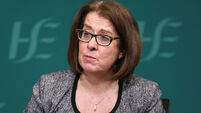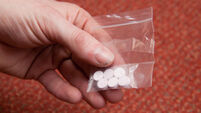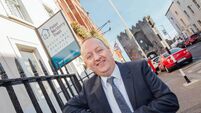Staff problem ‘blocking’ cardiac initiative
Mary Vasseghi, of the Sudden Cardiac Death in the Young Support Group, said the positions were key to the full roll-out of the Cardiac First Responder programme to reduce the thousands of people who die every year when their heart suddenly stops.
About 6,000 people die annually in Ireland as a result of sudden cardiac arrest (SCA) with death occurring within minutes of a heart stopping. “You have a 1% chance of survival in Ireland today if your heart stops,” Ms Vasseghi told the joint committee on health and children.
But a new bid to help communities respond rapidly to someone whose heart has stopped cannot be fully implemented because the vital positions cannot be filled, she pointed out.
The 11 HSE-approved positions include six community trainers and five co-ordinators. The job of the co-ordinators would be to link towns and villages with the emergency services.
Cardiologist Dr Joe Galvin said it meant that in some parts of the country the emergency services would not know where the nearest automated external defibrillator (AED) was located.
The Report of the Task Force on Sudden Cardiac Death, published in March 2006, stressed that the chances of survival following a cardiac arrest were considerably improved if there was a rapid, co-ordinated response to the emergency.
Ms Vasseghi also complained of the long delay in receiving autopsy results when SCA occurred, a wait often described as “hell on earth” by the families involved.
Dr Galvin said the results of a postmortem were known within a couple of days but results of toxicology tests conducted in the state’s laboratories were taking up to six months to be returned when, ideally, the process should only take six hours.
He blamed “work practice systems failure” for the delay in processing the toxicology tests.
Joe Costello of the Post Polio Support Group, who also appeared before the committee yesterday, called for about 300 medical cards to be provided for polio survivors aged 55 years who had developed Post Polio Syndrome. Mr Costello said the cost would be modest but the benefit to polio survivors anxious to retain their independence would be great.
He pointed out that many polio survivors, whom he described as a “stubborn lot” lived independently and still worked in spite of Post Polio Syndrome.
Mr Costello explained that with Post Polio Syndrome, the polio survivor noticed new weakness, often in a previously affected leg or legs, new muscle and joint pain and found it more difficult to retain their balance.












